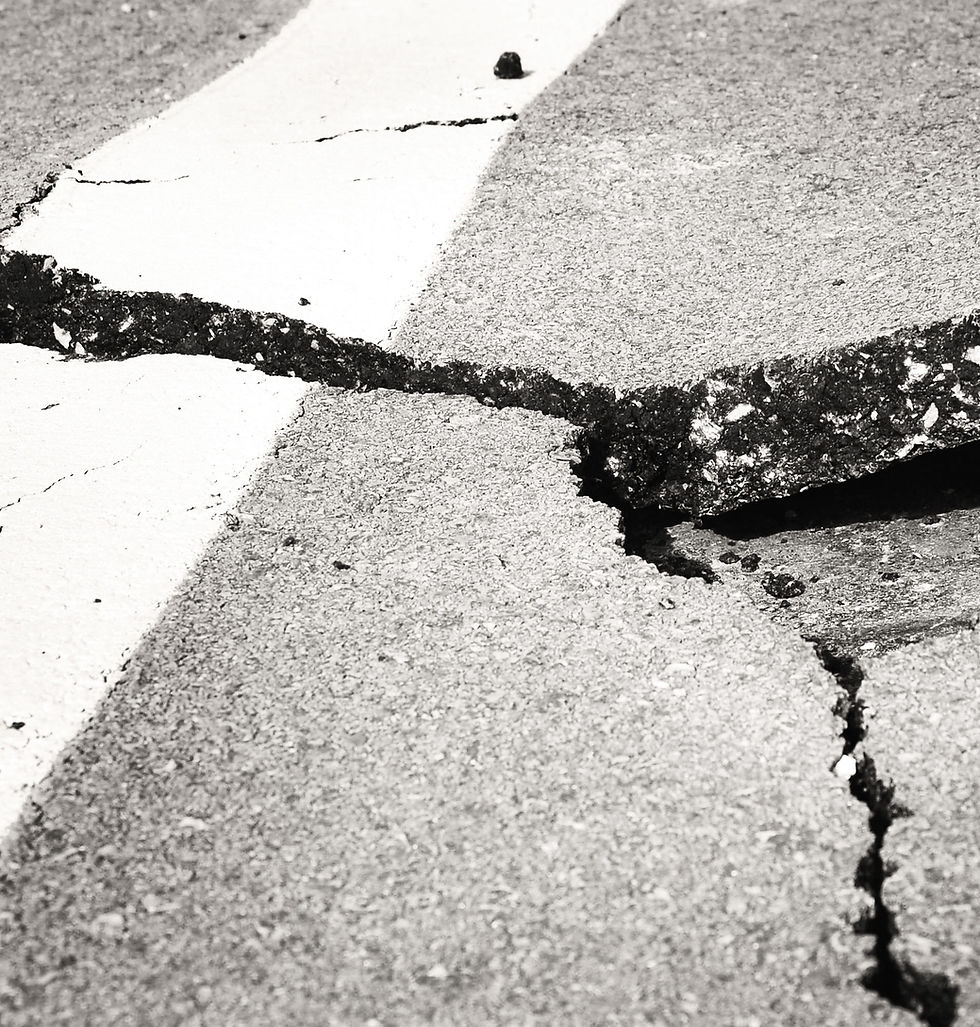The Trouble with Setting Speed Limits
- ethronson7
- May 7, 2021
- 2 min read
Believe it or not, setting the speed limit on city streets is more complicated than you might think. In California, as in most places in the US, state law requires localities to use something called the “85th percentile” method, a decades-old federal standard devised to scientifically determine the speed traffic should travel based on where drivers apparently feel comfortable. Through this method, engineers periodically survey a stretch of road to see how fast people are driving. Then they base the speed limit on the 85th percentile of that speed, or how fast 85% of vehicles are traveling. There are minor exceptions and caveats, but generally speaking, this is the standard operating procedure in the state.

Why does statute currently require this method? Strangely, it is a relic of a quasi-scientific effort from the 1940s that just caught on and has been defended by law enforcement and driving advocates ever since. To many, the 85th percentile is a defense against allowing localities to arbitrarily set speed limits at whatever speed they want. Arbitrarily determining speed limits across a jurisdiction can have significant impacts. For example, it enables cities or counties to create “speed traps” in which speed limits are set artificially low and strongly enforced in order to raise local revenues through tickets and fines. Speed limits could be used to redirect traffic from desirable neighborhoods to more disadvantaged areas. Jurisdictions could also reduce speed limits in particular communities in order to superficially enable more police interaction with people of that community. Finally, research demonstrates that reducing speed limits alone does not significantly slow down drivers. What peopld call the “Three Es” - engineering (road design), enforcement, and education - play much larger roles in influencing driver behavior.
The 85th percentile is no panacea, however. It leaves little room for consideration of alternative factors such as the growing presence of pedestrians and bicyclists or vulnerable populations like children and seniors. It also enables “speed creep,” in which drivers become accustomed to driving fast on certain streets and so the next traffic study demonstrates a higher 85th percentile, and the speed limit is adjusted up accordingly. The fact is that the 85th percentile methodology was developed when streets and drivers were more uniform (and there were fewer) and just doesn’t apply as well to today’s dynamic mobility reality.
In the end, the thing that seems to be missing from the speed limit debate is that it is not an either/or decision. Abandoning the 85th percentile does not have to mean completely authorizing jurisdictions to set whatever arbitrary speed limit they choose. There are other ways to mitigate the potential negative externalities or improper abuses of speed limit setting without wholly relying on the 85th percentile. It is time for the state to create opportunities to explore alternatives, and consider ways to make our streets safer for all users without fearing the potential of speed limits applied in nefarious ways.





Comments